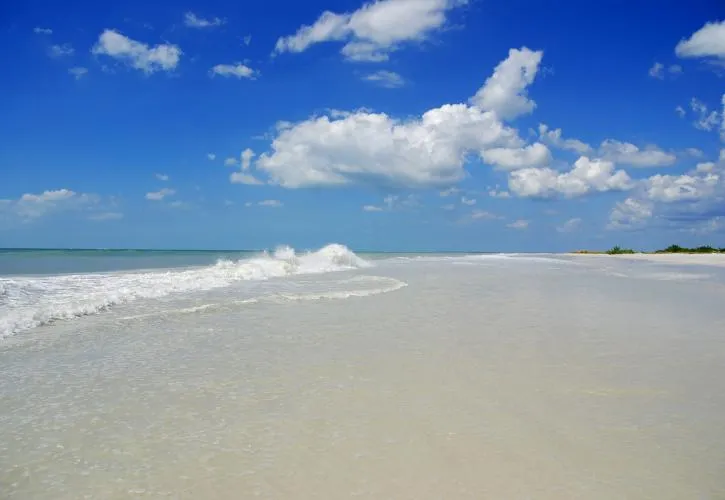Honeymoon Island Fishing Secrets
Honeymoon Island, a jewel of Florida’s Gulf Coast, offers anglers a fantastic fishing experience. With its pristine waters and diverse marine life, it’s a paradise for both seasoned fishermen and beginners. But to truly maximize your fishing success, you need to know the secrets. This comprehensive guide reveals the top 5 secrets to help you reel in the big ones and enjoy an unforgettable day on the water. From essential gear to insider tips on the best fishing spots, we’ll cover everything you need to know to make your Honeymoon Island fishing trip a resounding success. Get ready to discover the hidden treasures of this angler’s haven and transform your fishing adventures.
Secret 1 Gear Up Right
Having the right gear is fundamental to a successful fishing trip. Your equipment is your connection to the water and the fish, so choosing wisely is crucial. This means investing in quality rods, reels, and tackle that are suited for the types of fish you’re targeting and the conditions you’ll encounter on Honeymoon Island. A well-equipped angler will be better prepared to handle the challenges of the water, increasing their chances of landing a memorable catch. Remember, quality over quantity is the key here, as durable and reliable equipment will serve you well for years to come, enhancing your overall fishing experience.
Choosing the Right Rod and Reel
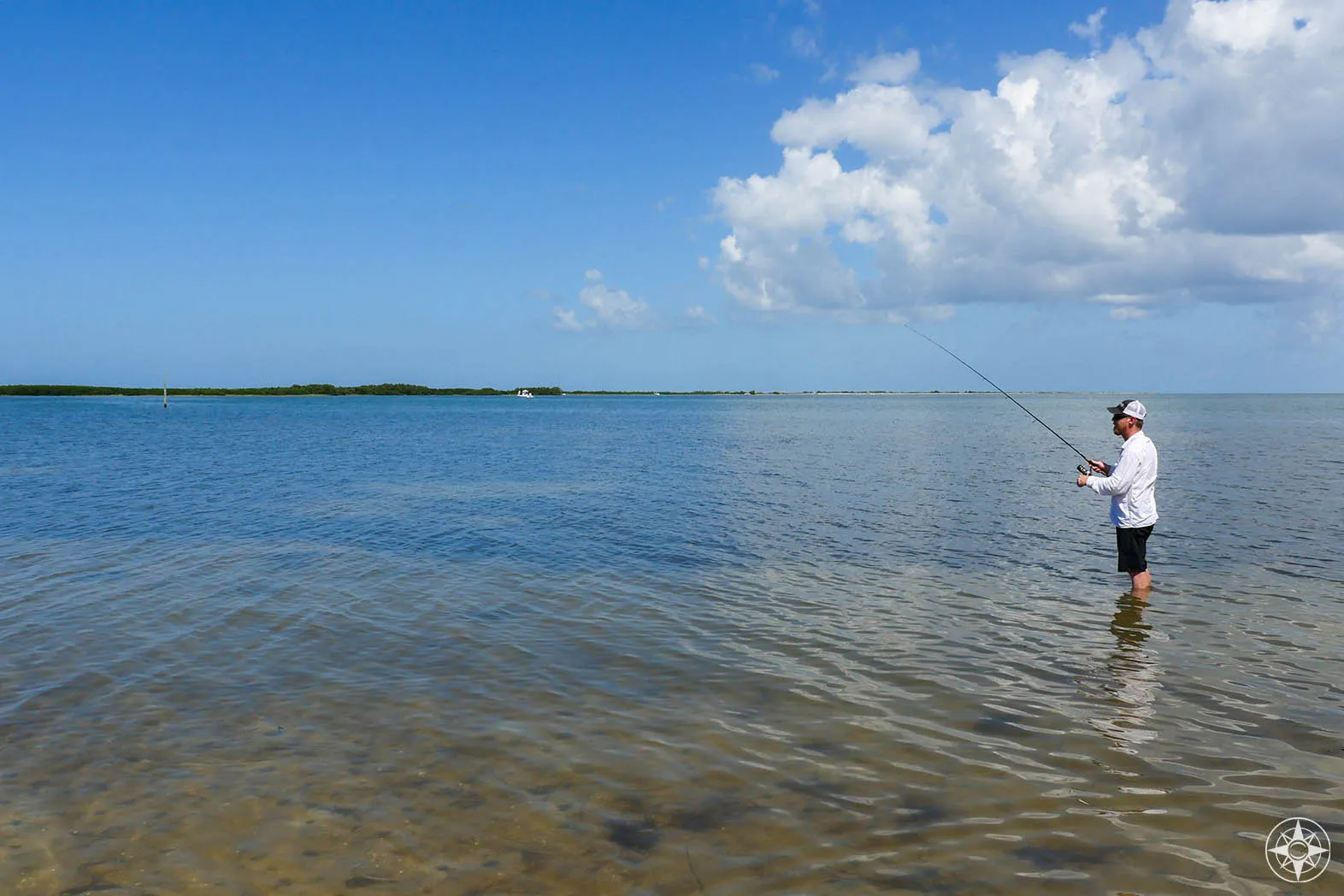
The rod and reel are the heart of your fishing setup. For Honeymoon Island, a versatile rod around 7 feet in length, with medium to medium-heavy action, is a great starting point. This will allow you to handle a variety of fish species. Pair it with a spinning reel in the 3000-4000 size range, spooled with 15-20 lb braided line for optimal performance. Consider the specific species you’re after. If you’re targeting larger fish, you might need a heavier rod and reel combo. For lighter, more finesse fishing, a lighter setup is more appropriate. Make sure your reel has a smooth drag system, as this is crucial for fighting fish without breaking your line. A well-balanced rod and reel combo will make casting and reeling easier and more enjoyable.
Selecting the Best Bait and Tackle
The right bait and tackle can make or break your fishing trip. Live bait is often very effective at Honeymoon Island. Shrimp, both live and frozen, are consistently productive. For artificial lures, consider using soft plastic jigs, spoons, and topwater lures, depending on the species you are targeting and the time of day. When selecting tackle, choose hooks that are appropriate for the size of the fish you are targeting. A good assortment of weights, swivels, and leaders will help you adapt to various fishing conditions. Consider the time of year and the specific fish you are targeting, as different species have different bait preferences. Researching recent fishing reports and asking local bait shops for advice can give you a valuable edge.
Secret 2 Best Fishing Spots
Knowing the best fishing spots at Honeymoon Island can significantly increase your chances of a successful outing. The island’s diverse ecosystem offers a variety of locations, each with its own unique characteristics and potential catches. From the Gulf side to the inner bay areas, different spots attract different types of fish, and knowing where to find them is half the battle. Whether you prefer fishing from the shore, the pier, or a boat, there are plenty of prime locations to choose from. Taking the time to explore these areas and understand their characteristics will allow you to develop a deeper appreciation for the island’s fishing opportunities.
The Gulf Side Hotspots

The Gulf side of Honeymoon Island is a popular choice for anglers seeking a diverse range of species. The beaches and nearshore waters provide access to various fish, including snook, redfish, and trout. Look for areas with structure, such as rock piles or submerged debris, as these often attract fish. Fishing early in the morning or late in the evening, when the water is cooler and the fish are more active, can be particularly rewarding. Be mindful of the surf conditions and be prepared to adjust your fishing techniques accordingly. Using live bait near these structures will often yield the best results, and keeping a close eye on the water for signs of feeding fish can greatly enhance your chances.
The Pier Advantage
The Honeymoon Island pier offers a convenient and productive fishing experience, providing access to deeper waters where larger fish often congregate. The pier’s structure attracts a variety of fish species, making it a prime location for anglers of all skill levels. The pier also provides a comfortable fishing environment, with benches and other amenities. Fishing at the pier is a fantastic option for families and those looking for an easily accessible fishing spot. Always check the pier’s fishing regulations before casting your line, as there might be specific rules regarding the types of tackle allowed and the species you can keep.
Secret 3 Mastering the Techniques
Mastering the right fishing techniques is crucial for reeling in your catch. From proper casting to effective hook setting and retrieval methods, honing your skills can significantly increase your chances of success. Each fishing situation, whether you are fishing from shore, pier, or boat, requires its unique approach. By understanding the behavior of the fish you are targeting and adjusting your techniques accordingly, you can greatly improve your results. Patience, practice, and a willingness to learn are key to becoming a successful angler. Consider investing time in learning the fundamentals to elevate your fishing game.
Casting Techniques for Different Fish
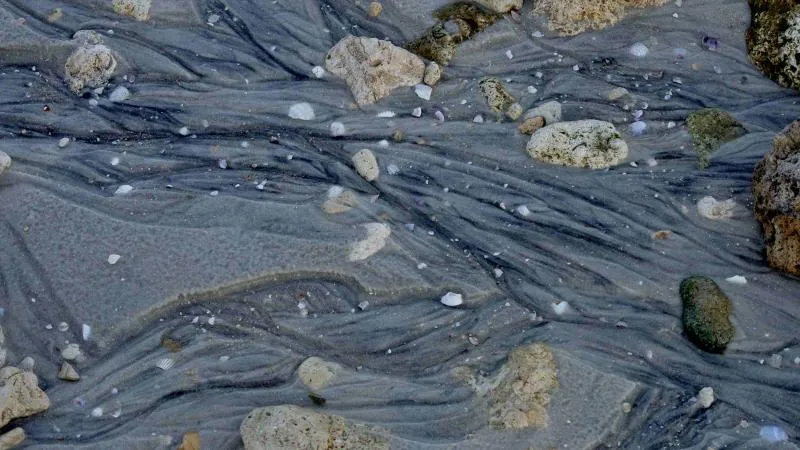
Effective casting is essential for getting your bait or lure into the strike zone. The overhead cast is a common technique for distance, while the sidearm cast is useful for fishing in windy conditions or around obstacles. For Honeymoon Island, you’ll want to practice both, as conditions can change rapidly. When targeting snook, precise casting near mangrove roots and structures is critical. For trout, a longer cast allows you to cover more water and find active fish. Practice your casts in an open area to get a feel for your rod and reel and to develop accuracy. Mastering different casting styles will allow you to adapt to various fishing situations and improve your overall performance.
Retrieval and Hook Setting
Proper retrieval and hook setting are crucial for converting a bite into a catch. When retrieving your bait, vary your speed and action to attract the fish. For lures, experiment with different retrieves to find what works best. When you feel a bite, it’s essential to set the hook firmly but not too aggressively. A quick upward motion with your rod is usually sufficient. The goal is to drive the hook into the fish’s mouth. Once hooked, keep your rod tip up and maintain steady pressure. Adjust your drag settings to tire the fish out and prevent it from breaking your line. Practicing these techniques will boost your ability to land more fish and increase your overall fishing success.
Secret 4 Know the Regulations
Understanding and adhering to fishing regulations is an essential aspect of responsible angling. These regulations are in place to protect fish populations and ensure sustainable fishing for future generations. By knowing the rules, you not only avoid potential fines but also contribute to the conservation of the marine environment. Always be aware of the current regulations for the area you are fishing in, including licensing, size limits, and bag limits. Staying informed is a crucial part of being a responsible angler and enjoying your fishing experience without harming the delicate ecosystem.
License Requirements
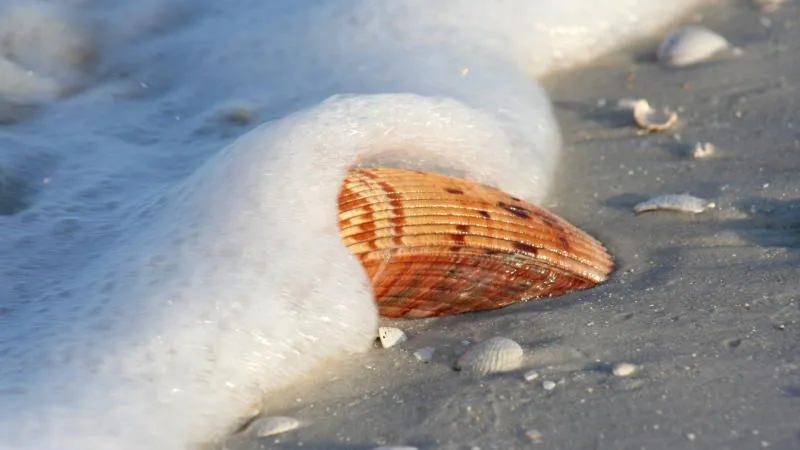
Before you cast your line, you must have a valid Florida fishing license. You can obtain a license online through the Florida Fish and Wildlife Conservation Commission (FWC) website, at local bait shops, or at some retail stores. There are various types of licenses available, including recreational saltwater fishing licenses. Ensure you purchase the appropriate license for your fishing activities. Penalties for fishing without a valid license can be costly, so it’s always better to be prepared. Keep your license with you at all times while fishing and be ready to present it to law enforcement officers if asked. A fishing license is not just a formality; it is your contribution to the conservation efforts that help keep Florida’s waters teeming with life.
Size and Bag Limits
Size and bag limits are in place to protect fish populations and allow them to reproduce. These limits vary depending on the species, so it’s crucial to know the specific regulations for the fish you are targeting. The FWC sets size limits and bag limits to ensure the sustainability of each species. You must measure your catch to ensure it meets the size requirements. Use a ruler to measure the fish from the tip of the snout to the end of the tail. Any fish that does not meet the size requirements must be released immediately. Adhering to these limits is a critical part of responsible fishing and helps conserve the marine environment. By following size and bag limits, you are helping to maintain a healthy and vibrant ecosystem for future generations.
Secret 5 Weather and Tide
The weather and tides have a significant impact on fishing success, making it essential to understand their influence. Monitoring the weather forecast and tide charts before your fishing trip will greatly improve your chances of a successful outing. Certain weather conditions and tide patterns are more conducive to fishing than others, and knowing how to interpret these factors can provide you with a significant advantage. By combining this knowledge with local fishing reports, you will be better prepared to adapt your techniques and optimize your fishing experience.
Understanding Tide Charts
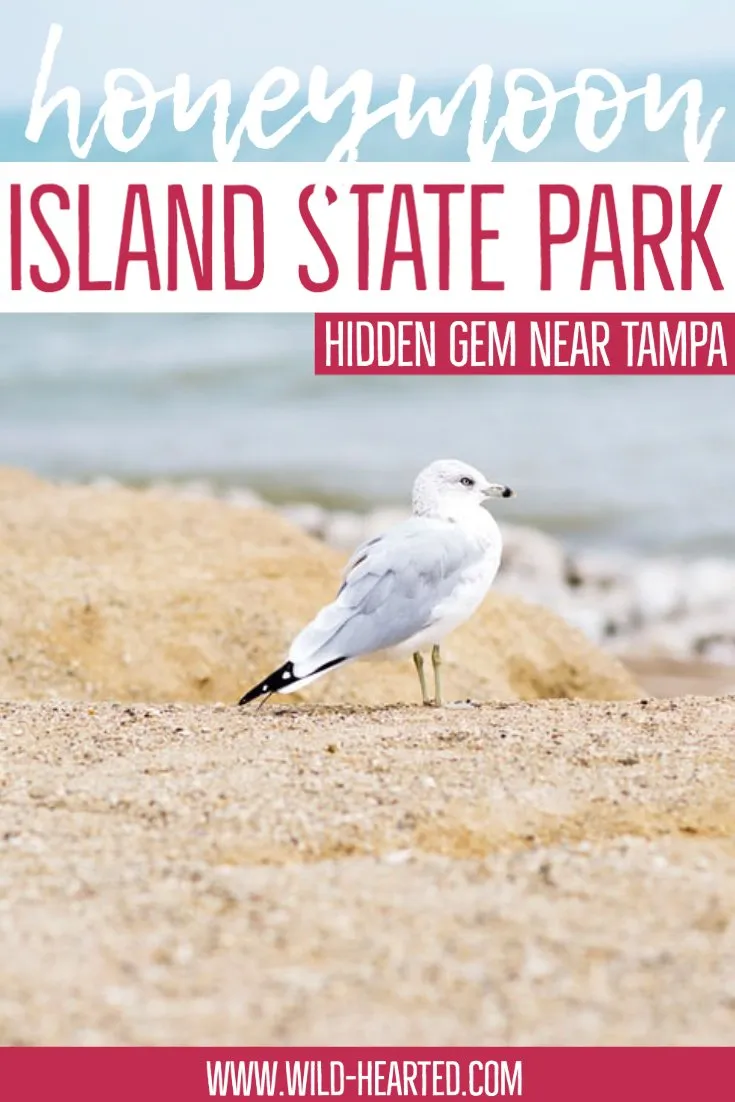
Tide charts provide valuable information about the rise and fall of the water levels, which directly affects fish behavior and activity. High tides often bring fish closer to the shoreline, making them more accessible. Low tides can expose structure and create opportunities for sight fishing. Understanding the relationship between tides and fish movements can enhance your fishing success. Check the tide charts for Honeymoon Island to determine the best times to fish. Pay attention to the timing of the tides and how they interact with the local fishing spots. Combining this knowledge with the fishing forecast is a powerful tool for planning your trip.
Impact of Weather on Fishing
Weather conditions greatly affect fishing, so it is important to monitor the forecast. Sunny, calm days can be excellent, but overcast days often provide better fishing, as the fish are less wary. Wind can create currents and oxygenate the water, which can improve fishing conditions. Be prepared to adjust your fishing techniques and locations based on the weather. For example, on a windy day, you might choose a spot that offers some protection from the wind. Rain can also affect fishing, as it can stir up the water and bring fish closer to the surface. Checking the weather forecast before your trip will help you decide which fishing spots to try and which gear to bring.
In conclusion, Honeymoon Island offers a fantastic fishing experience for anglers of all levels. By following these top 5 secrets, you’ll be well-equipped to maximize your chances of success and enjoy a memorable day on the water. Remember to gear up right, find the best fishing spots, master the essential techniques, know the fishing regulations, and understand the impact of weather and tides. With this knowledge, you’ll be reeling in trophies in no time. So, pack your gear, grab your fishing license, and get ready to discover the hidden treasures of Honeymoon Island fishing. Happy fishing!
